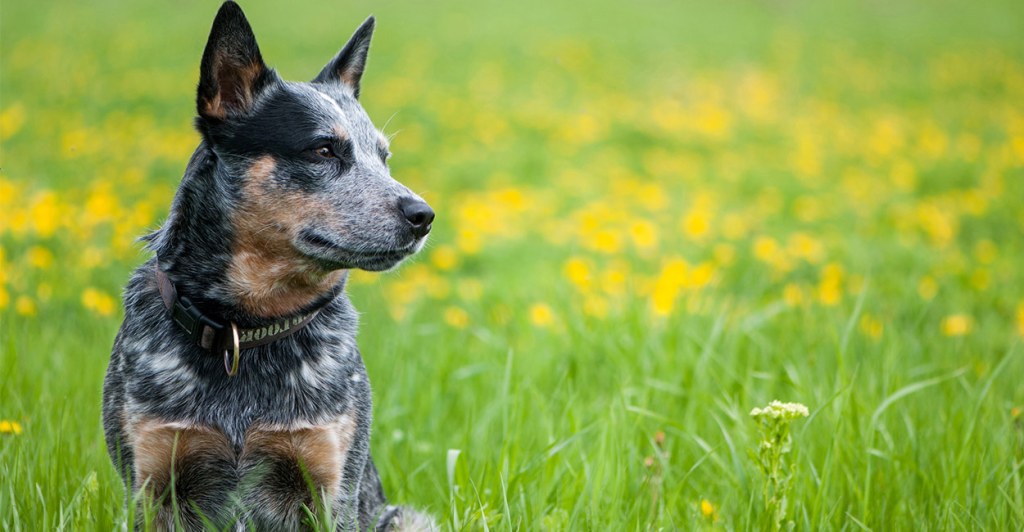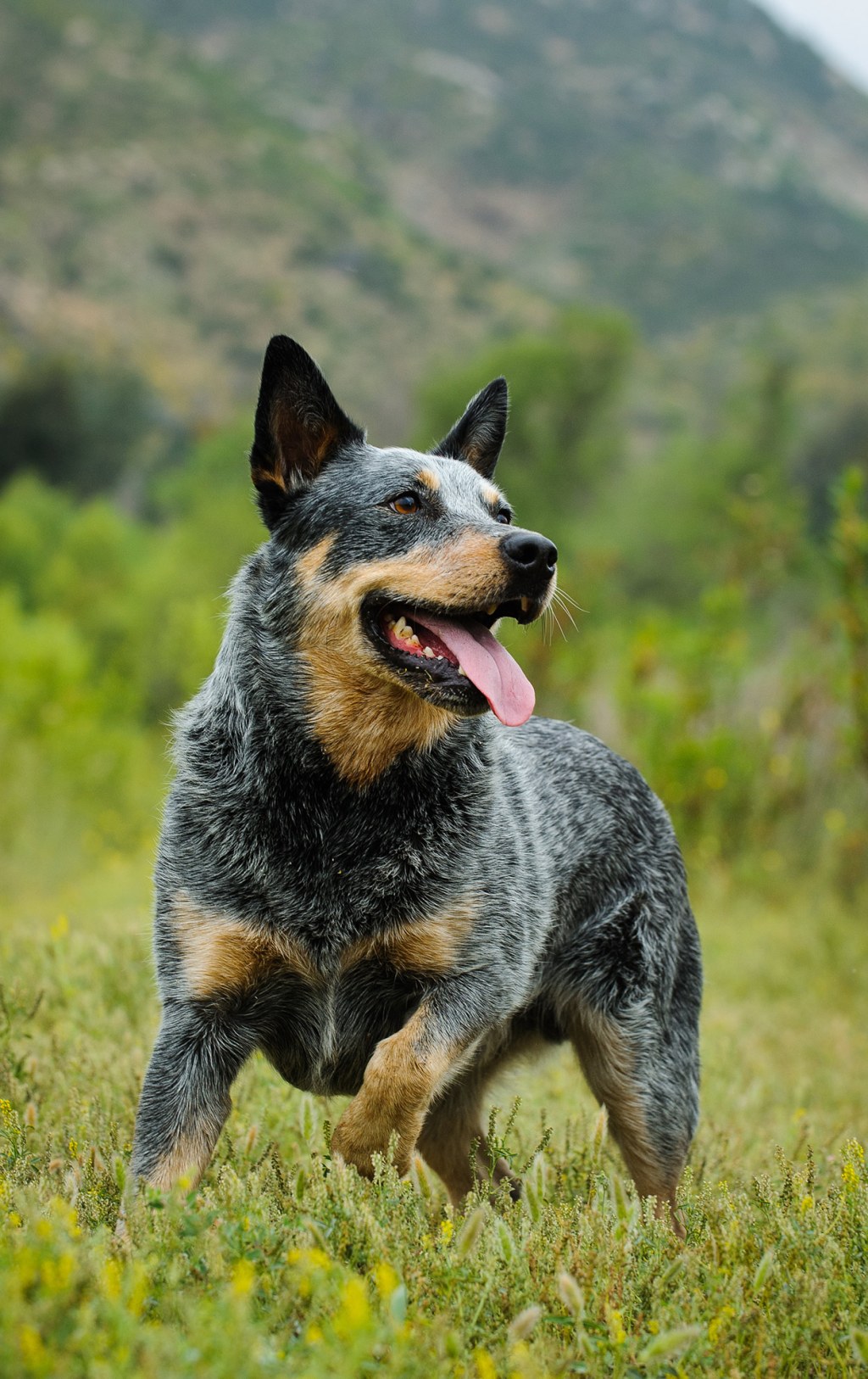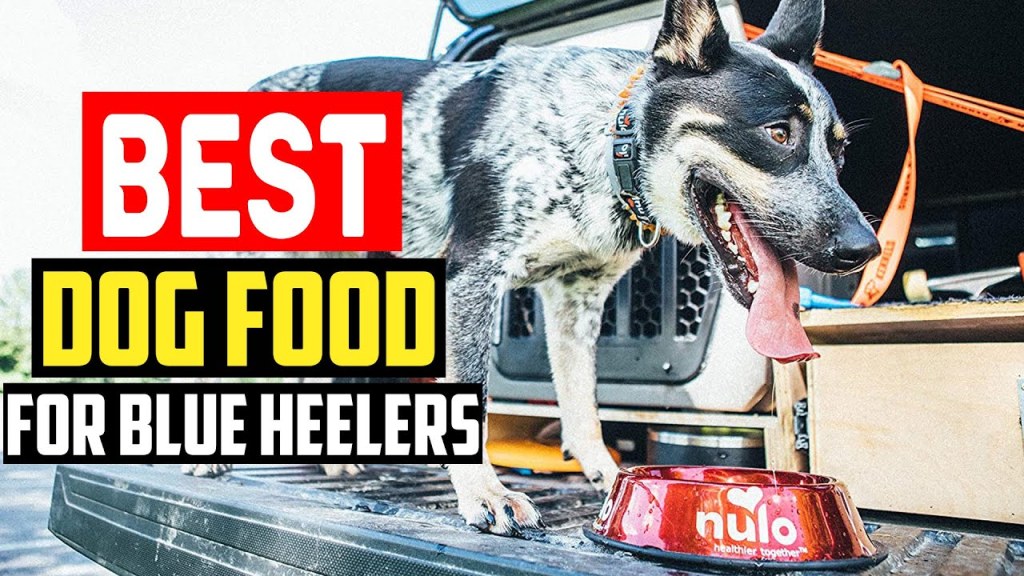Powerful Tips For Feeding Blue Heeler Puppies: What To Feed Blue Heeler Puppies For Optimal Growth And Health
What to Feed Blue Heeler Puppies
Introduction
Hello Puppies Lover!
3 Picture Gallery: Powerful Tips For Feeding Blue Heeler Puppies: What To Feed Blue Heeler Puppies For Optimal Growth And Health



Welcome to our article on what to feed blue heeler puppies. As a dog lover, we understand the importance of proper nutrition for our furry friends. In this article, we will discuss the best diet for blue heeler puppies, including the types of food, feeding schedule, and important considerations to keep in mind. So, let’s dive in and ensure that your blue heeler puppies are getting the nutrition they need for a healthy and happy life.
What to Feed Blue Heeler Puppies

Image Source: thehappypuppysite.com
🍖 Blue heeler puppies require a balanced diet that includes high-quality protein, healthy fats, and carbohydrates. This helps in their growth and development.
🥩 The main source of protein for blue heeler puppies should be lean meats, such as chicken, turkey, or beef. These meats provide essential amino acids for muscle development.

Image Source: thehappypuppysite.com
🥦 Including vegetables in their diet is essential, as they provide important vitamins, minerals, and fiber. Vegetables like broccoli, carrots, and sweet potatoes are great options.
🍚 Whole grains like brown rice or quinoa can be added to their meals for a good source of energy and fiber.

Image Source: ytimg.com
🐟 Blue heeler puppies can also benefit from including fish in their diet, as it provides omega-3 fatty acids, which are essential for their brain and eye development.
🥛 Dairy products like yogurt or cottage cheese can be given in moderation as they are a good source of calcium and protein.
🌰 Avoid feeding blue heeler puppies with foods that are toxic to dogs, such as chocolate, onions, grapes, and raisins.
Who Should Feed Blue Heeler Puppies
🏠 Feeding responsibilities for blue heeler puppies usually fall on their owners or primary caretakers. It is important for the person feeding them to be knowledgeable about their dietary needs.
🐾 If you have a blue heeler puppy, it is important to establish a feeding routine and stick to it. This helps in maintaining their digestive health and preventing overeating.
👪 If you have children in the household, it is essential to teach them about the importance of feeding blue heeler puppies the right food and ensuring they do not share any human food that may be harmful to the puppies.
💼 If you have a busy schedule, you can consider using automatic feeders or asking a trusted family member or friend to help with feeding the blue heeler puppies.
When to Feed Blue Heeler Puppies
⏰ Blue heeler puppies should be fed multiple times a day to meet their high energy needs. A recommended feeding schedule is three to four meals a day until they are around six months old.
🍽️ It is important to establish a regular feeding routine and feed them at the same times every day. This helps in maintaining their digestive system and preventing any stomach issues.
🕘 Avoid leaving food out all day for free feeding, as it can lead to overeating and obesity.
🌙 If you are feeding your blue heeler puppies dry kibble, you can soak it in water or puppy milk replacer to make it easier for them to chew and digest.
🍼 If you are feeding your blue heeler puppies wet food, make sure to refrigerate any leftovers and discard them after 24 hours to prevent spoilage.
Where to Feed Blue Heeler Puppies
🏡 It is recommended to establish a designated feeding area for blue heeler puppies. This helps in creating a routine and prevents them from begging for food in other areas of the house.
🍽️ Use a stainless steel or ceramic food bowl for feeding, as plastic bowls can harbor bacteria and may cause allergies in some puppies.
🚫 Keep their feeding area separate from their potty area to maintain good hygiene and prevent any contamination.
🍲 Place the food bowl at an appropriate height for the blue heeler puppies to comfortably eat. Raised feeding stations can be beneficial for their posture and digestion.
Why is Proper Nutrition Important for Blue Heeler Puppies
❤️ Providing proper nutrition to blue heeler puppies is crucial for their overall health and well-being.
🐶 A balanced diet ensures that they receive all the essential nutrients needed for their growth and development.
💪 Proper nutrition helps in building strong muscles and bones, boosting their immune system, and promoting healthy organ function.
🧠 The right nutrients contribute to their cognitive development and improve their learning ability.
😊 A well-fed blue heeler puppy is more likely to have a shiny coat, healthy skin, and good energy levels.
💩 A proper diet also aids in maintaining regular bowel movements and preventing digestive problems.
🐾 By feeding them a nutritious diet, you are setting them up for a happy and healthy life.
How to Feed Blue Heeler Puppies
🥣 Start by determining the appropriate portion size for your blue heeler puppies based on their age, weight, and activity level. Consult with your veterinarian if you are unsure.
⚖️ Use a measuring cup to ensure accurate portion sizes and prevent overfeeding.
🍽️ Divide their daily food allowance into multiple meals and feed them at regular intervals throughout the day.
🥛 Provide fresh and clean water at all times to keep them hydrated.
🐾 Monitor their weight and body condition regularly to ensure they are receiving the right amount of food. Adjust their portion sizes as needed.
🚫 Avoid giving them table scraps or treats excessively, as it can disrupt their balanced diet and potentially lead to weight gain or health issues.
Advantages and Disadvantages of Feeding Blue Heeler Puppies
👍 Advantages:
1. Blue heeler puppies who are fed a nutritious diet are more likely to have a longer lifespan and better overall health.
2. Proper nutrition can enhance their physical and cognitive development, making them more trainable and obedient.
3. A balanced diet can prevent common health issues like obesity, allergies, and digestive problems.
4. Feeding them a high-quality diet can result in a shiny coat, healthy skin, and strong muscles.
5. Providing the right nutrients from an early age can strengthen their immune system and reduce the risk of infections and diseases.
👎 Disadvantages:
1. Feeding blue heeler puppies can be costly, as high-quality dog food and supplements can be expensive.
2. Puppies may have individual dietary needs or allergies, requiring specialized diets or additional vet consultations.
3. Maintaining a strict feeding schedule and portion control can be challenging for busy pet owners.
4. It can be time-consuming to prepare homemade dog food or monitor the ingredients in commercial dog food.
5. Some blue heeler puppies may be picky eaters or have a sensitive stomach, requiring careful selection of food and gradual transitions.
FAQs (Frequently Asked Questions)
1. How much should I feed my blue heeler puppy?
The amount of food to feed your blue heeler puppy depends on their age, weight, and activity level. Consult with your veterinarian for specific portion sizes.
2. Can I feed my blue heeler puppy leftovers or human food?
It is not recommended to feed blue heeler puppies leftovers or excessive human food, as it may not provide the balanced nutrition they need. Stick to a high-quality dog food diet.
3. Should I give my blue heeler puppy supplements?
Unless advised by your veterinarian, a balanced diet should provide all the necessary nutrients for your blue heeler puppy. Supplements may be necessary on a case-by-case basis.
4. Can I feed my blue heeler puppy raw food?
Feeding raw food to blue heeler puppies should be done with caution. Raw diets require careful handling to prevent bacterial contamination. Consult with your veterinarian for guidance.
5. When should I transition my blue heeler puppy to adult dog food?
The appropriate time to transition your blue heeler puppy to adult dog food varies. Generally, it is recommended to make the transition around 12 months of age. Consult with your veterinarian for specific guidance.
Conclusion
In conclusion, providing the right nutrition to your blue heeler puppies is essential for their growth and development. A balanced diet consisting of high-quality protein, vegetables, whole grains, and essential nutrients ensures that they have the best start in life. Establishing a regular feeding routine, monitoring their weight, and consulting with your veterinarian are important steps in ensuring their nutritional needs are met. By giving them the proper diet, you are setting them up for a healthy and happy life with your blue heeler puppies.
Final Remarks
Disclaimer: The information provided in this article is for educational purposes only and should not be considered as veterinary advice. Consult with your veterinarian for personalized advice regarding the diet and care of your blue heeler puppies.
This post topic: Puppies



